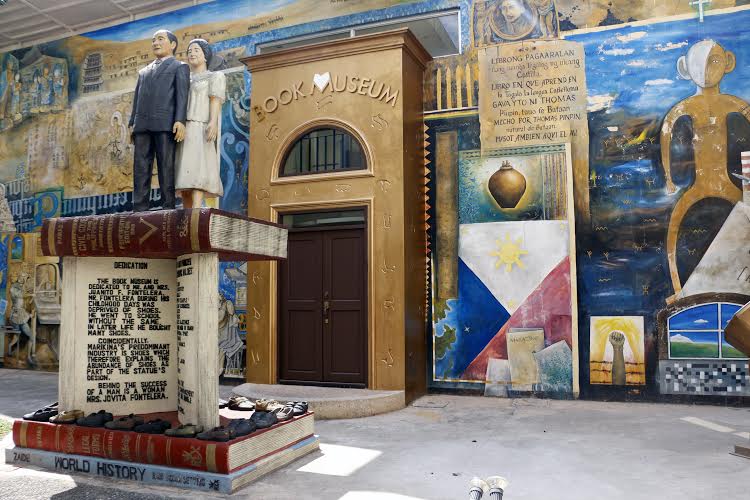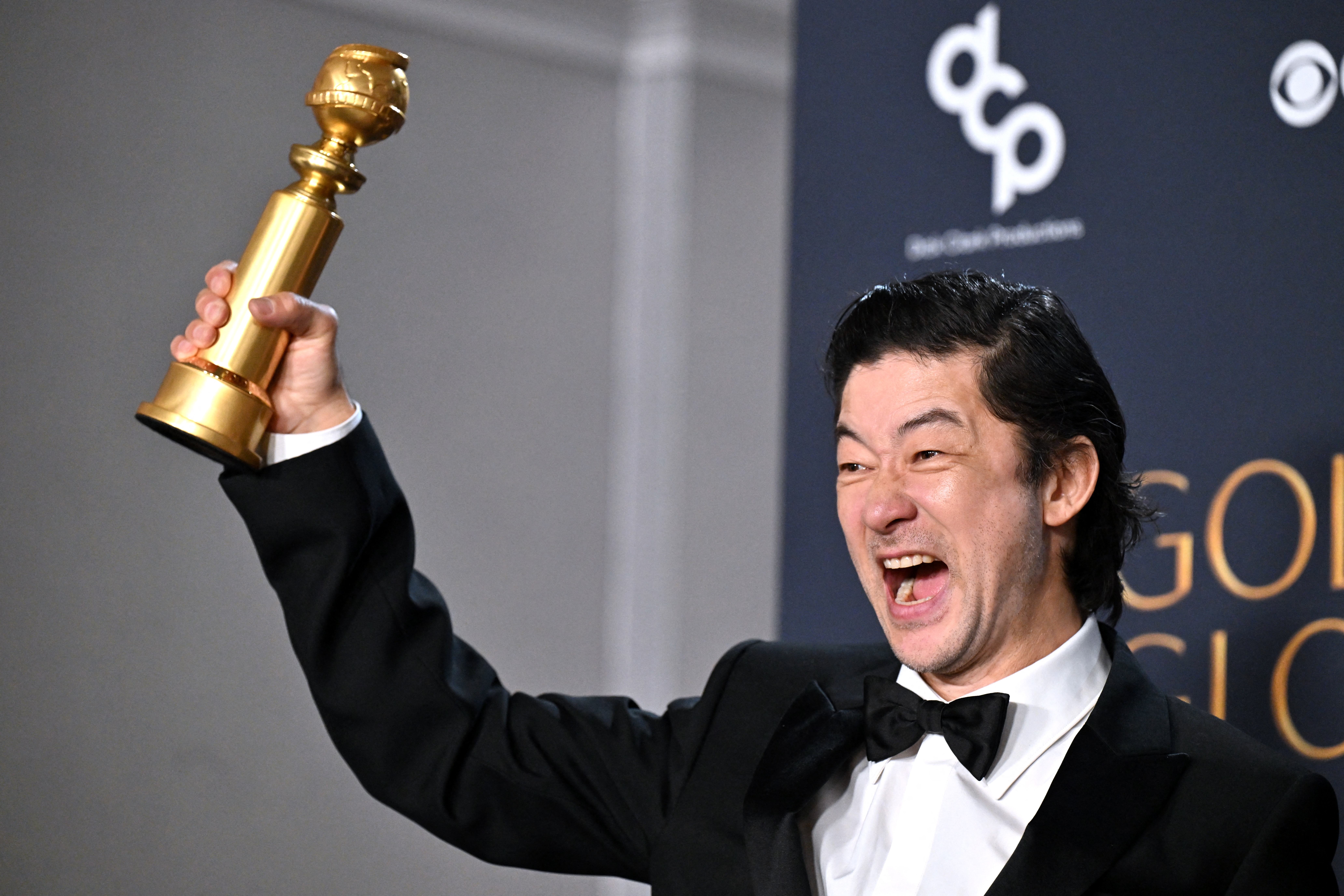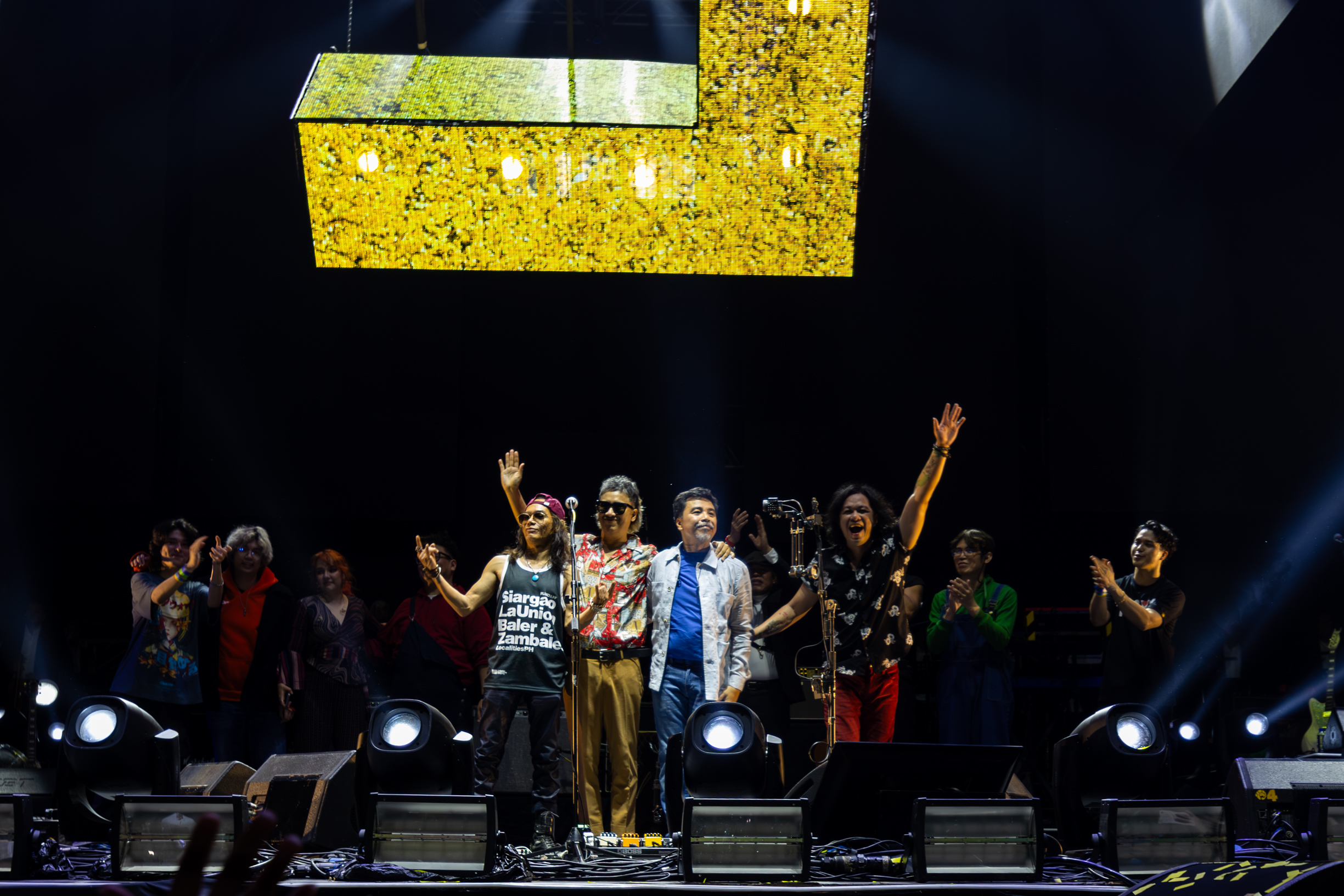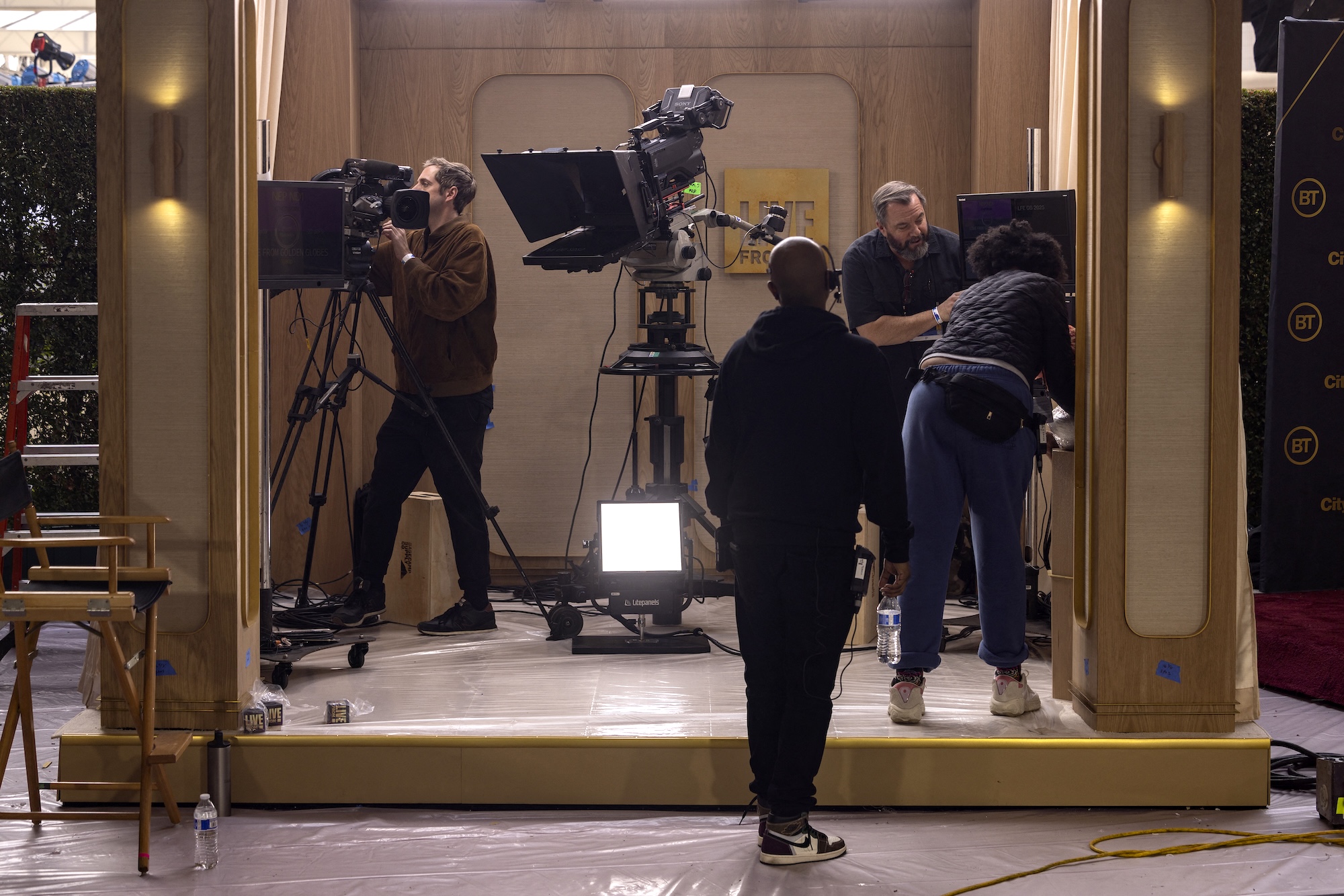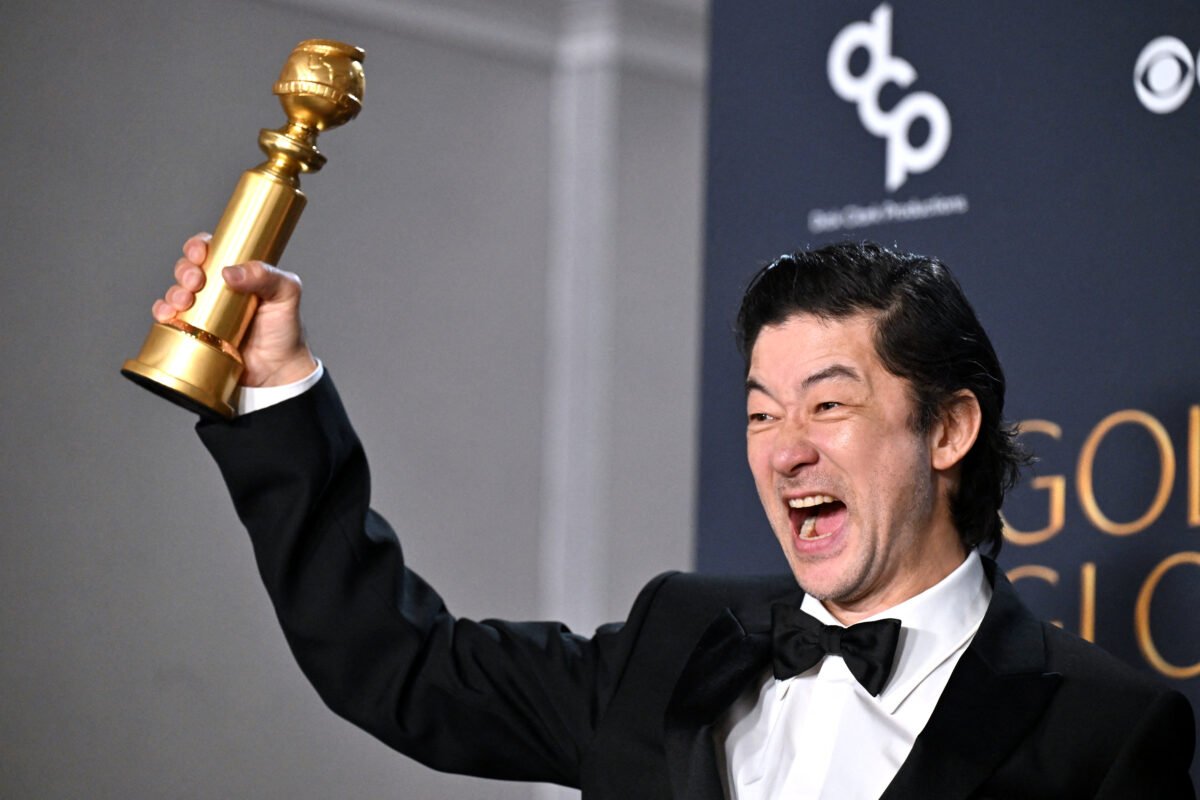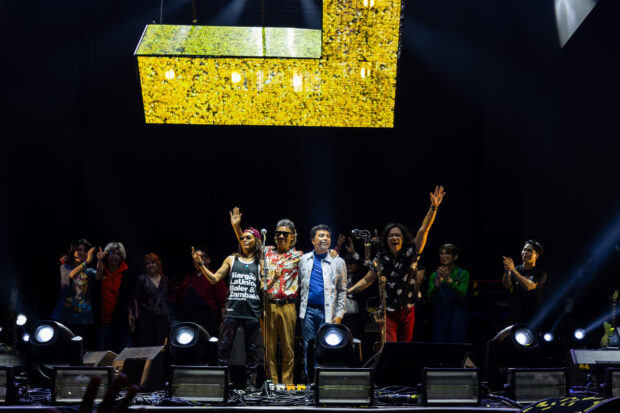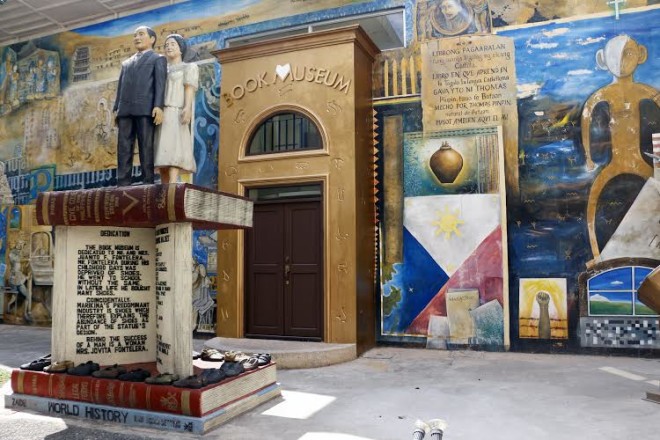
WHILE most people collect travel souvenirs like coffee mugs, fridge magnets and “All I Got Was This T-Shirt” shirts, lawyer Dominador Buhain has his eye on something else: books and printed materials.
In a quiet residential area in Marikina, the president and chair of the book industry giant REX Group of Companies put up a museum to house a portion of his overflowing collection of printed memorabilia from around the world.
Once in the area, the Book Museum cum Ethnology Center is somewhat easy to miss—save for the huge silver metal foot by its entrance. This is the museum’s strange logo, but it is an accurate symbol modelled after Buhain’s own right foot, depicting mobility and his love for travel.
Books and artifacts

At 71, Buhain is one of the most traveled people in the world, having landed his feet on 221 of 325 countries recognized by the Travelers’ Century Club. Membership in the Los Angeles-based club is for travelers who have visited at least a hundred countries or territories, based on their listing.
The museum and ethnology center is a reflection of Buhain’s 50-year journey. From Abu Dhabi to Zimbabwe, he has managed to collect different kinds of printed materials, from books and newspapers, to travel catalogues, maps and random leaflets.
“Automatically, when I travel, I look for many things,” Buhain said. “First, books, then artifacts, if they have some.” He has also visited all 81 provinces in the country.
The property currently has three buildings. One houses the Book Museum, while the other two function as the Ethnology Center, with various artifacts from provinces in the northern and southern Philippines.
Sense of history

the world
The façade of the Book Museum is a hand-painted mural of visual artist Leo Aguinaldo, depicting the origin of publishing and printing here and abroad.
Step inside the museum and one can take a one-of-a-kind tour of the world. The collection is catalogued in two ways, mainly in alphabetical order per country and by topic. The best part is that these materials in glass-encased shelves are accessible to the public, making it a library of sorts.
Visitors are welcome to take the materials out for reading, with proper assistance from the museum staff.
From the “Selected Works of Rabindranath Tagore” from India, Machiavelli’s “The Prince” straight from Italy, to our very own “Parables of the Barrio” by former Health Secretary Juan Flavier, the wide selection can be read and enjoyed.
As someone from the book industry, Buhain’s journeys also allowed him to see the literacy situations in different parts of the globe.
“Sometimes I correlate the number of titles to the economic progress of the place,” he said, adding that his attempt to showcase this through the museum is still far from perfect.“Some countries have no materials, so the area is very impoverished, [or there is] no economic and social progress.”
Little, but big, finds
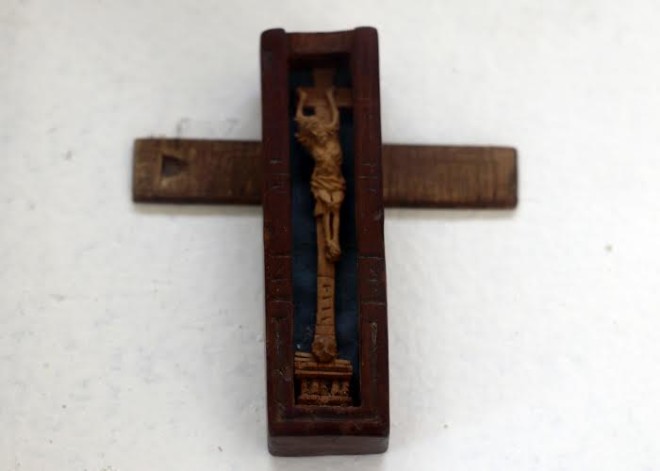
Aside from different reading materials, the museum also houses some rare finds.
For instance, it has one of the world’s smallest books, originating from Mainz, Germany. The letterpress-printed and thread-sewn book measures only 3.5 by 3.5 millimeters and features The Lord’s Prayer in seven different languages.
After traveling the world, visitors can step back in the Philippines and learn more about our own country with the adjacent Ethnology Center.
Featuring various cultural artifacts from different groups from the North and the South, the center (curated by professor Ike Picpican of the St. Louis University museum in Baguio) provides a unique look at the diversity of the Filipino identity.
Despite its dynamic inventory (the collection continues to grow after every travel and visit), Buhain said it currently houses only about 10 percent of his collection.
He plans to further expand the property for a possible museum featuring the religions of the world, inspired by underground churches in Ethiopia.
“It’s obligatory on my part to show this to the outside world,” he said. “It’s a noble gesture that what I experienced, they can also experience as well, even if they haven’t traveled.”
The Book Museum cum Ethnology Center is at 127 Dao St., Marikina Heights, Marikina City. It is open Mondays-Sundays, from 9 a.m. to 4 p.m. Entrance fee is P100. Guided tours are at 9 a.m., 10:30 a.m., 1 p.m. and 3 p.m. For reservations, call 5704449.

